Goats, peppers and turnip termites: How 5 Pueblo neighborhoods got their names
- Oops!Something went wrong.Please try again later.
Ever wonder how the nicknames of Pueblo's neighborhoods came to be?
A subdivision may be filed with an "official name," but that doesn't mean the official name is the one that sticks with locals. Some neighborhoods have kept the same name throughout their histories, while others have gone by several names through the generations. Today's Puebloans may have never heard of Toledo Heights or Kurja Vas, but are familiar with Goat Hill and Eilers.
These neighborhoods have names that may be used by residents often, but the origins of their names may not be common knowledge. Fortunately, a wealth of information on their origin stories is provided from the Chieftain archives and a series of historic context studies completed by the city's Historic Preservation Commission.
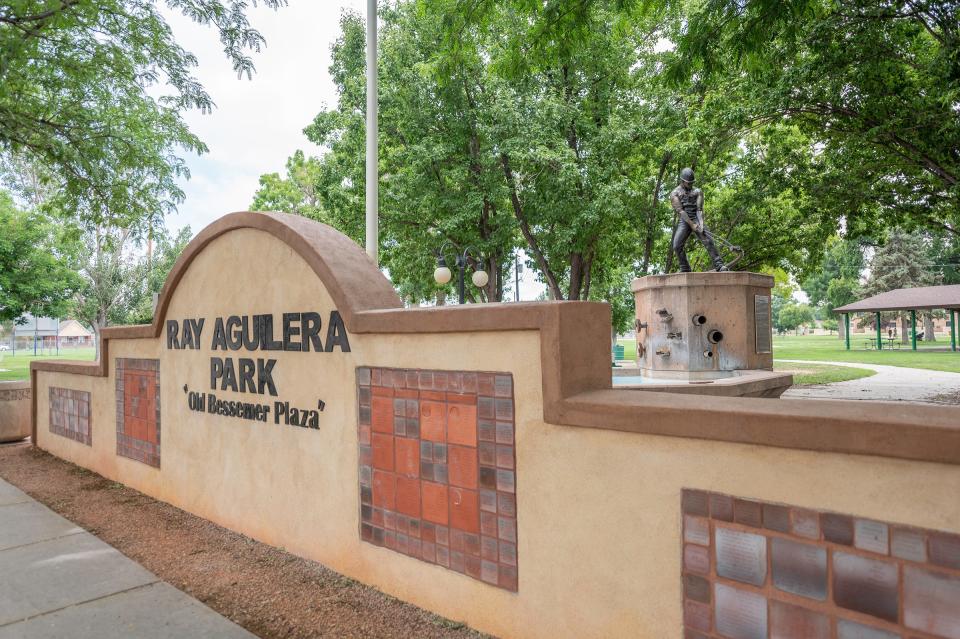
Bessemer's name rooted in steel mill history
A south central Pueblo neighborhood with a northern boundary of East Abriendo Avenue, eastern boundary of U.S. Interstate 25, southern boundary of Pueblo Boulevard and western boundary of Lake Avenue.
With over 53% of its original residents working at the nearby steel mill, it should come as no surprise that the Bessemer neighborhood's name has something to do with the steelmaking process.
Bessemer's original plat was filed in August 1886. It began as a company town owned by Colorado Coal & Iron and is named after Henry Bessemer — an English inventor who patented a process for making large quantities of steel available for a low price. Patented in 1855, the Bessemer process removes impurities like carbon and silicon from pig iron to produce steel.
Pueblo's Bessemer neighborhood and its proximity to the steel mill has attracted residents from throughout the world. Some members of Pueblo's early Black community were steelworkers that came to the Bessemer neighborhood from Bessemer, Alabama — a suburb of Birmingham that also is named after Henry Bessemer.
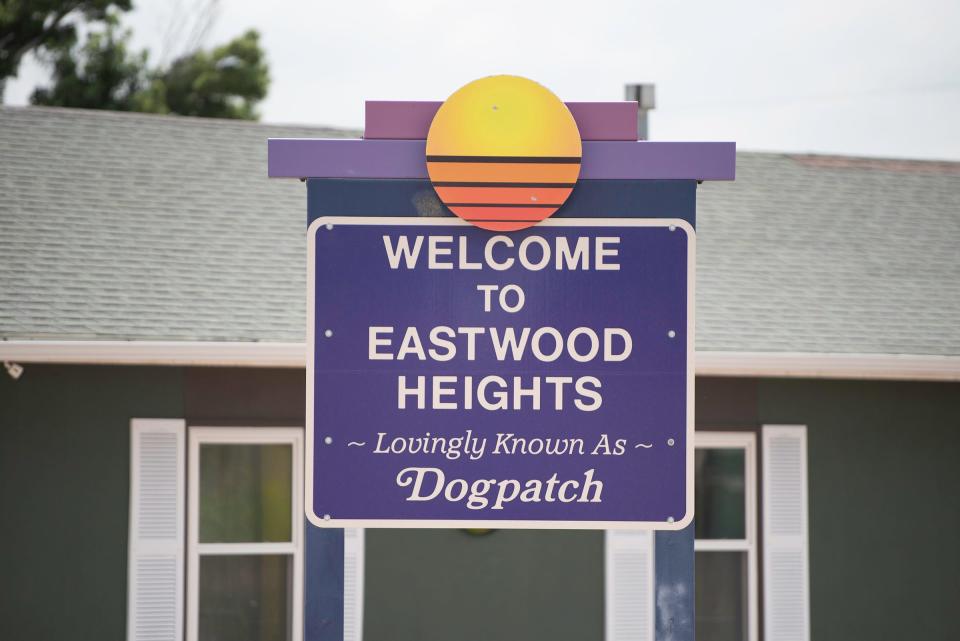
Dogpatch got its moniker from an old comic strip
A northeastern Pueblo neighborhood with a northeastern boundary of Colorado State Highway 47, southern boundary of U.S. Highway 50 and western boundary of Troy Avenue.
Eastwood Heights, a community on the northeast side of Pueblo, has long been referred to by Puebloans inside and outside of the neighborhood as "Dogpatch."
The name Dogpatch originates from Al Capp's comic strip "Li'l Abner" that ran in newspapers from 1934 to 1977. "Li'l Abner" follows protagonist Li'l Abner Yokum and his adventures in the fictional Appalachian village of Dogpatch. Residents of the fictional Dogpatch are impoverished, with crops and other possessions frequently eaten by locust-like "turnip termites."
When applied to the Eastwood Heights neighborhood, the name Dogpatch reflects the stigmatization and neglect faced by the neighborhood through much of its history. Until the 1970s, the neighborhood lacked access to city sewer services and paved streets.
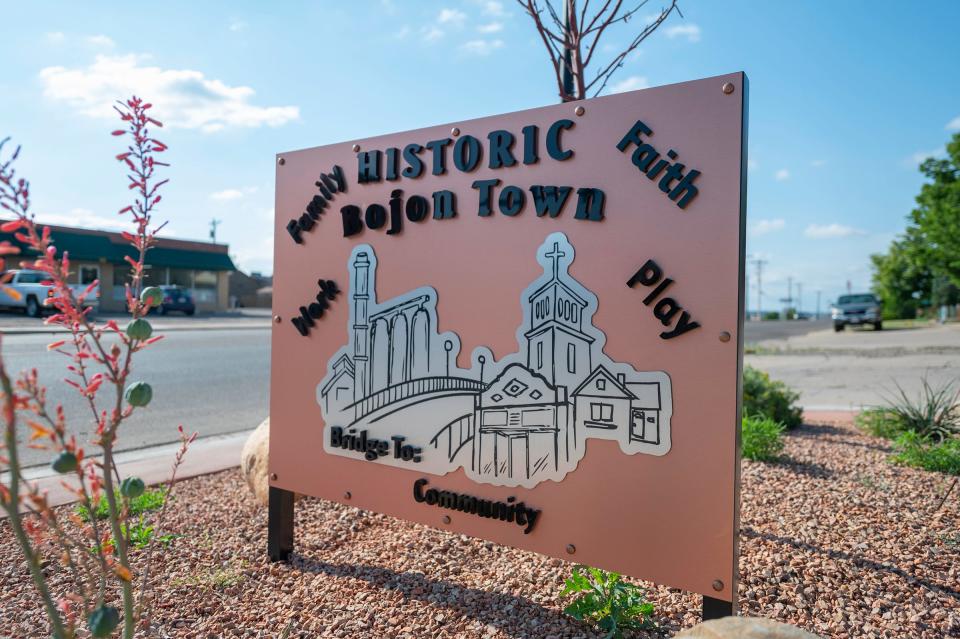
Eiler Heights was once known to many as Chicken Village
A southeastern Pueblo neighborhood east of Bessemer, south of the Grove and west of the Salt Creek neighborhood.
German immigrant Anton Eilers, operator of the Colorado Smelter, was one of the few white-collar workers listed in the 1886 Pueblo City Directory as a Bessemer resident.
The neighborhood north of the former smelter continues to be known as Eiler Heights or simply "Eilers," but the Slovenian immigrants who populated the area in the early 20th century knew it by a different name — Kurja Vas, or "Chicken Village." Many residents of the neighborhood owned chickens. Sometimes the animals were seen roaming neighborhood streets.
Another common name for the Eiler Heights neighborhood is Old Bojon Town. Origins of the term "Bojon" are unclear. A popular origin story says French speakers referred to Slovenians as "beaux gens" or "beautiful people." Another origin story says the term comes from the words "Bohemia" and "Hungary."
The term Bojon is still considered offensive to some Slovenian-Americans, but younger generations of Slovenians proudly use the term to describe their culture, food and music.
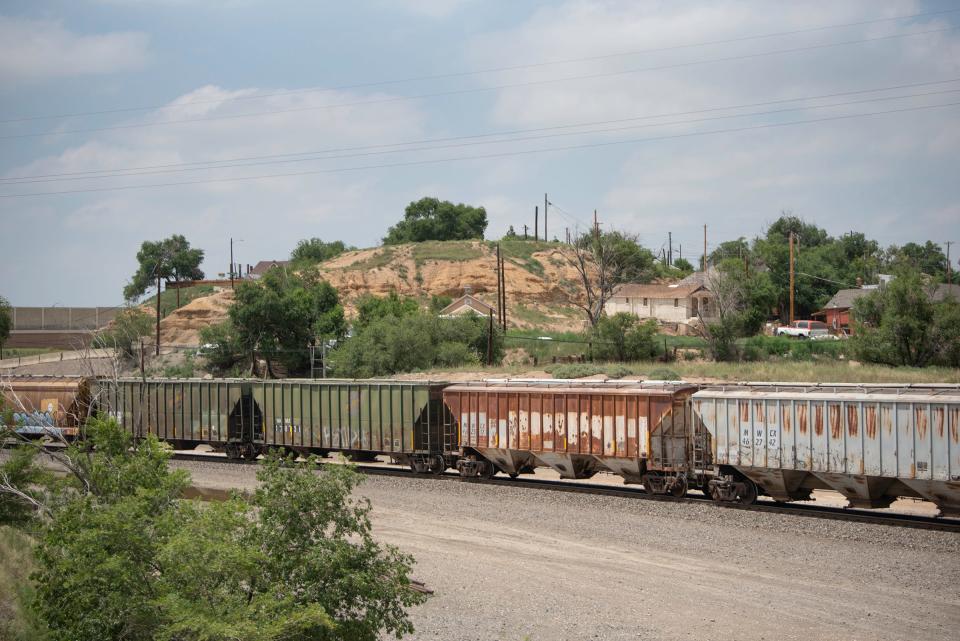
Goat Hill: a safe haven following the Great Flood of 1921
A Downtown Pueblo neighborhood north of the Grove, between U.S. Interstate 25 and Fountain Creek.
After the historic 1921 flood destroyed houses in Downtown Pueblo near present-day City Center Drive, several Italian immigrants living in the area relocated to a hill nearby.
Part of land patented by John S. Goddard in 1867, the Goat Hill neighborhood's long history is one with many names including Smelter Hill, Tenderfoot Hill and Toledo Heights. After the 1878 opening of the Pueblo Smelter, the neighborhood attracted Mexican and Italian immigrant laborers. Goat Hill emerged as the most popular moniker for the neighborhood after the flood due to the many goats that roamed the area.
The small, densely populated neighborhood was not equipped to raise "cows and chickens," so families raised "goats and pigeons," according to a 1980 "Colorful Colorado" column written by former Chieftain news director Ralph C. Taylor. At one point, it seemed as though every family in the neighborhood had at least one goat, Chieftain reporter Loretta Sword wrote in 2002.
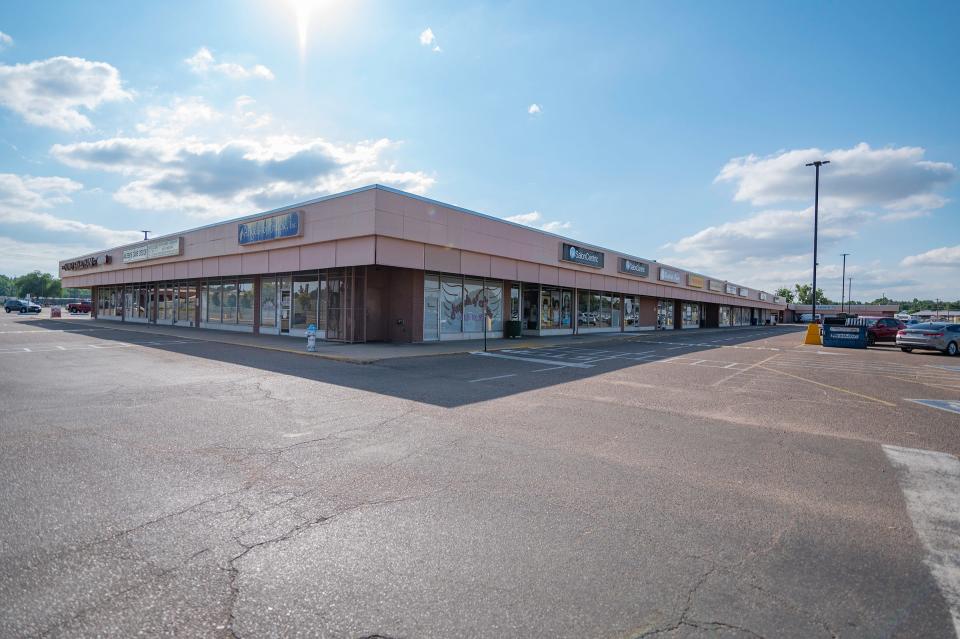
Peppersauce Bottoms named for one of Pueblo's favorite crops
A Downtown Pueblo neighborhood near the Arkansas River that is now largely occupied by the Midtown Shopping Center.
Long before the 1955 construction of the Midtown Shopping Center, the Peppersauce Bottoms neighborhood was home to the Thomas Gardens and Greenhouses operated by Pueblo pioneer John J. Thomas.
Thomas was a Pony Express rider who came to Pueblo in 1863. In addition to owning Thomas Gardens, Thomas also opened one of Pueblo's first hotels and served as a county commissioner. After a 1903 rechanneling of the Arkansas River, new immigrants arrived, built houses and began growing crops on the fertile land near Thomas Gardens.
Once known as the Bronx, Peppersauce Bottoms is believed to have earned that name from the prevalence of colorful peppers grown in the low-lying neighborhood. Several early residents of Peppersauce Bottoms immigrated from Mexico, but a population of Japanese-American farmers also came to the area in the 1930s.
Pueblo Chieftain reporter James Bartolo can be reached at JBartolo@gannett.com. Support local news, subscribe to The Pueblo Chieftain at subscribe.chieftain.com.
Local art scene: Pueblo legend Teresita Sandoval to be painted on levee mural
This article originally appeared on The Pueblo Chieftain: Pueblo neighborhoods and how they got their names

